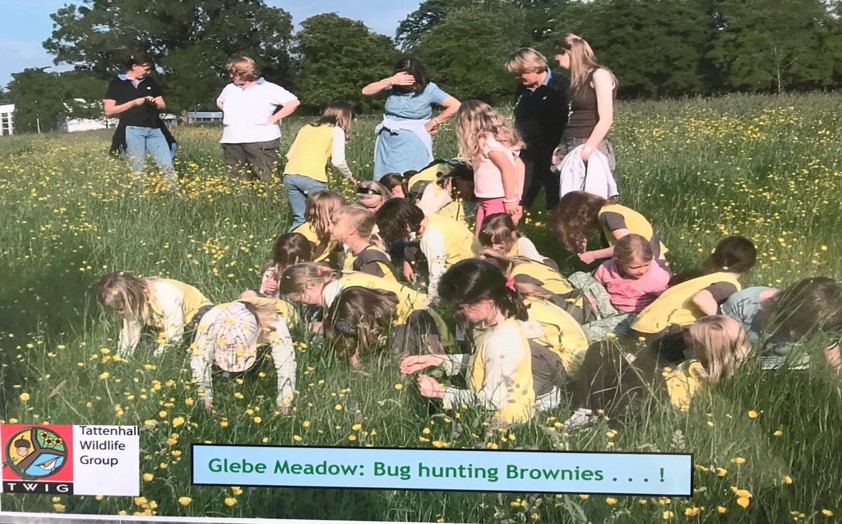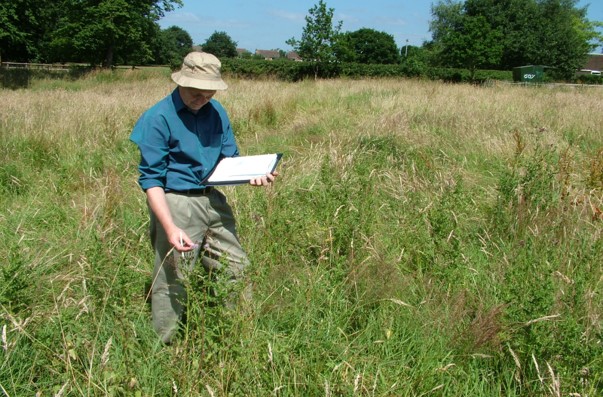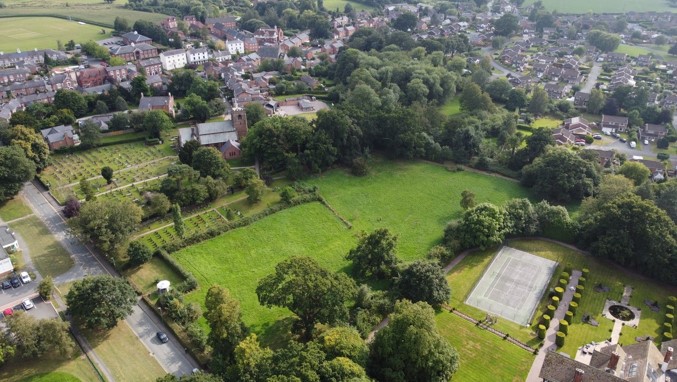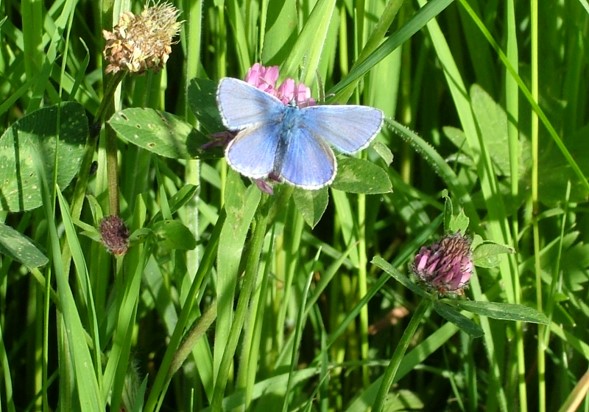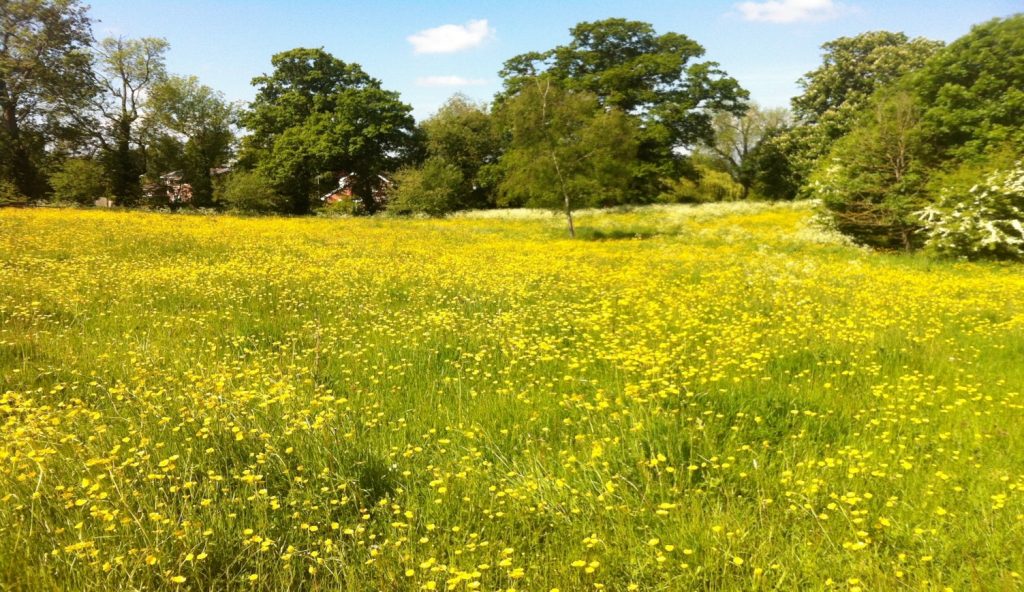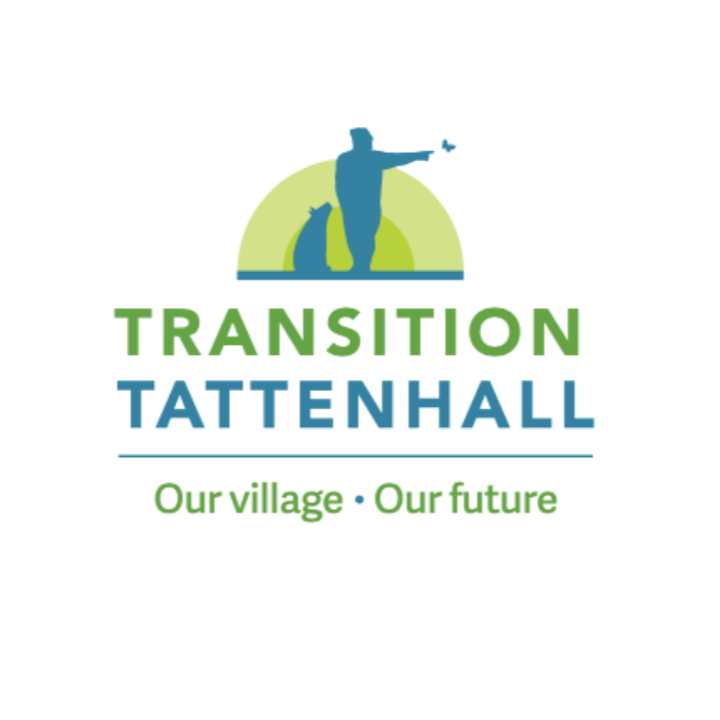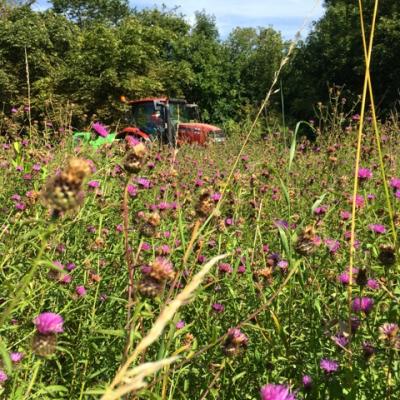Transition Tattenhall have submitted a formal response to the Tattenhall Parish Council’s consultation on the future of Glebe Meadow. You can read our response below, as well as the powerful response submitted from local biodiversity expect Chloe Aldridge.
Response from Transition Tattenhall
Following the meeting concerning Glebe Meadow as representatives of TWIG and Transition Tattenhall wish to respond to the proposals made on future management of this important site. Future of support to the environment requires that we set limits and require changes to the ways we have used the immediate environment in our village. Glebe Meadow is one small, but significant, area of land which, whilst at present in poorer condition than in earlier years, represents a space and conditions that can become a symbol of the protection, preservation and enrichment of the natural world here in the centre of the village.
· Glebe Meadow is a registered Local Wildlife Site, designated by Cheshire Wildlife Trust and listed as ‘unimproved grassland’. In common parlance this can be interpreted as ‘wildflower meadow’
· Such meadows can significantly mitigate the impacts of climate change by carbon sequestration (storage). They can store between two and six times as much carbon as woodland – a very important impact on climate change
· They also contribute significantly to biodiversity and populations of pollinators which are essential for farming/food production
· Over 98% of areas of wildflower meadow have been lost in recent years in the UK and Glebe Meadow is the only large area within Tattenhall village boundary and one of few within Cheshire
· Transition Tattenhall has just started its first projects to support the climate crisis and the need to protect all opportunities for a sustainable future. One of these early projects aims to increase the area of wildflower meadows in the village. Glebe Meadow is a keystone site providing a seed bank for newly developing areas. It will be an important demonstration site for villagers wishing to set up new meadow areas or assist in their management
· Botanical and insect surveys have demonstrated the importance of this site with a very wide diversity of both plants and insects
We hope that the above demonstrates the value of Glebe Meadow particularly as a starting point for ameliorating the impacts of climate change. We are very concerned that opening the Meadow to walkers and, particularly, to dog walkers could seriously degrade this important habitat. This could be caused by physical damage by people and dogs, dog faeces effectively fertilising the grassland and litter deposited. We note that the proposal is for a mown footpath but, from experience elsewhere, people and dogs will roam across the whole site. We therefore strongly oppose the opening of this site to unmanaged public access where intrusion into the sward and the potential damage from the presence of dogs.
We do support all proposals as were discussed to improve the grassland and hedgerow management. We also support the need to jointly with the PC develop a programme of access that will encourage interest and knowledge of the maintenance of meadowland and its contribution to biodiversity and enrichment of the natural environment. However, if unmanaged access is approved it should be on a trial basis with habitat surveys carried out immediately and then at intervals in order to quantify the impact on the Meadow.
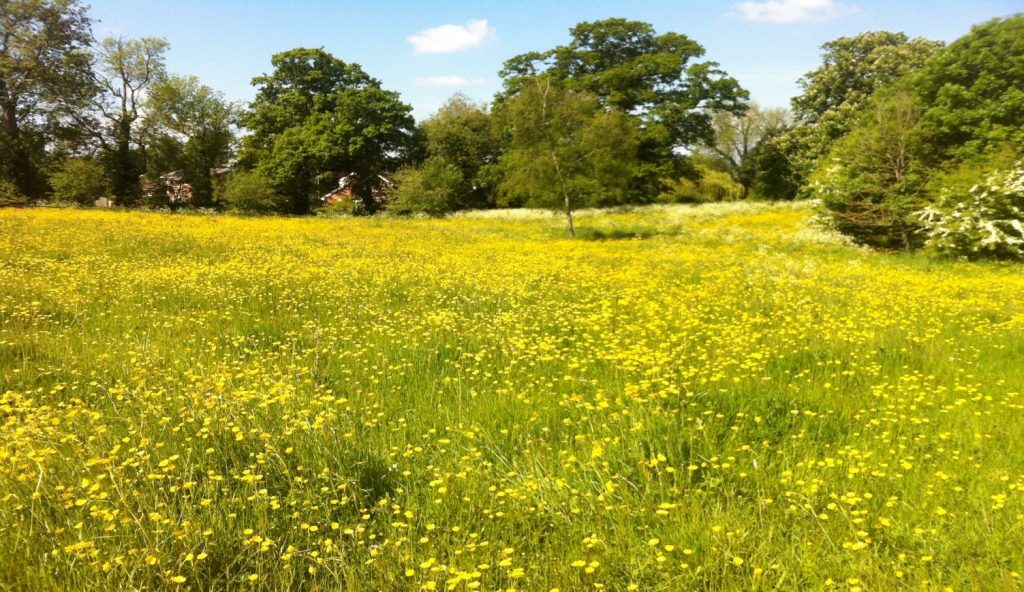
Response from Chloe Aldridge
I understand that the Parish Council had a discussion again recently about the possibility of allowing access to Glebe Meadow for dog walking. Whilst I fully support the idea of there being community access to the meadow, I am still of the opinion, as discussed in the meeting I attended in October 2021, that it would be better if this was supervised access (and for people only, not dogs) – education, tours, projects, school and community groups – in order to protect what is essentially a rare example of this type of meadow in Cheshire.
As you know, Glebe Meadow has been designated a Local Wildlife Site, in recognition of the species richness of the site. There are strict criteria which allow sites to become Local Wildlife Sites, and, as such, Glebe Meadow has been recognised as one of the most valuable pieces of land for wildlife in the county. I would hope that in the current climate, as the need to conserve biodiversity becomes ever more urgent, and as Parish biodiversity plans play an important role in local and regional biodiversity, that the Parish Council is able to support and protect this important site.
When the idea of dog walking on Glebe Meadow was discussed earlier in 2021, I decided to ask the opinion of Dr Hilary Ash, an Hon Conservation Officer of Wirral Wildlife, and an expert in the development, management and monitoring of this type of meadow, about what impact, if any, this would be likely to have. Her reply to that question is shown below.
I would like to add that, in addition to the diversity of plants and the benefits of meadows discussed below, this type of grassland is also an important habitat for a very wide range of invertebrates. From my own invertebrate survey experience and work as monitoring officer on a restored meadow in Chester, this is one of the habitats which is able to sustain not just an abundance of invertebrates, but also a large number of species, and that this situation is only possible because of the diversity of plants which would be lost if the soil became enriched by dog faeces or urine.
Chloe Aldridge
PGCert Entomology
MSc Applied Ecology
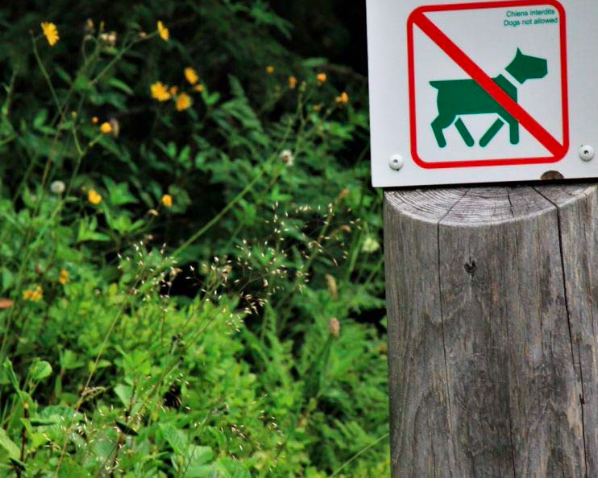
Find out more about dog waste damaging nature reserves in this article from the Bird Guides website describing research from Ghent University
Response from Hilary Ash
Opening this meadow up as a dog walking area would be very bad for its ecological value.
1) Dogs leave behind urine as well as faeces, both of which enrich the soil and encourage common competitive species like dock and thistle, crowding out the smaller wild flowers of unimproved grassland.
2) Once contaminated with dog excrement, (and possibly accompanying litter) it may be difficult to find anyone willing to cut the meadow. Contaminated grass cannot be fed to stock, and litter e.g. cans can damage machinery. Without annual mowing, the grassland would rapidly deteriorate in ecological terms and eventually become bramble and scrub. Trees are good but not when they replace species-rich grassland.
Species-rich grasslands such as this unimproved meadow have been almost completely destroyed in this country, with only 2-3% left nationally. In Cheshire, with its intensive agriculture, it is likely that less than 2% is left, and keeping these small patches properly managed is difficult. The wild flowers of these grasslands are vital to pollinators, providing nectar and pollen in late May-June when the spring flowers have finished. Pollinator numbers are getting so low that horticulture and agriculture are feeling the impacts. The UK is severely nature-depleted. Air pollution continually delivers nitrogen and some phosphate, which is why removing a grass crop each year is vital, to keep the soil fertility in balance. Species-rich meadows only thrive on low-fertility soils. Adding more fertility can only make the problem worse. The Parish Council has a responsibility to conserve this meadow for wildlife and people, and should think itself fortunate to have such an area in its care – many Local Authorities, like Wirral Borough, are trying to change management on road verges in order to have any wild flower-rich areas at all!
Yours sincerely,
Hilary Ash MA,PhD,MCIEEM
Hon Conservation Officer
Wirral Wildlife
The Wirral Group of Cheshire Wildlife Trust
www.wirralwildlife.org.uk
